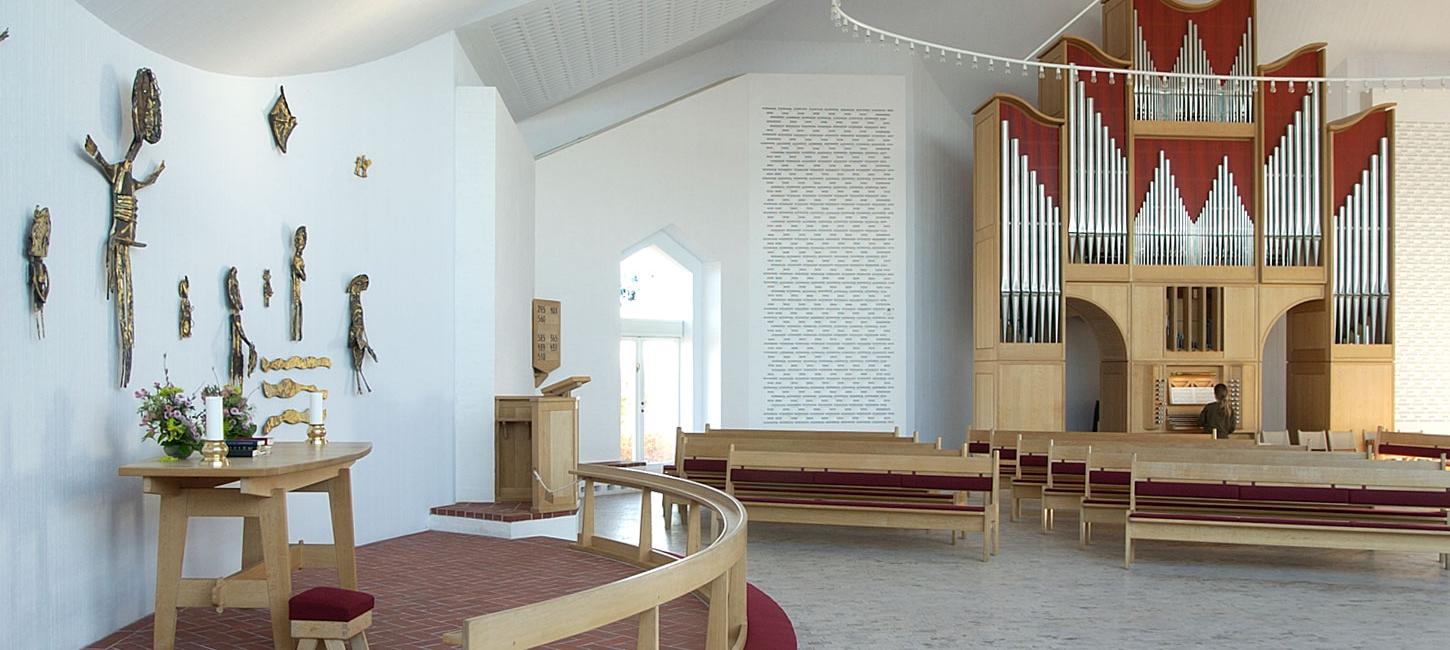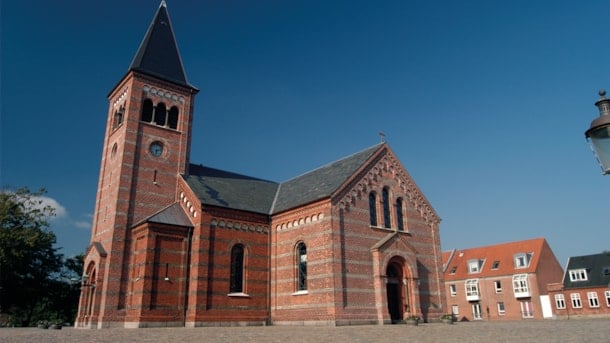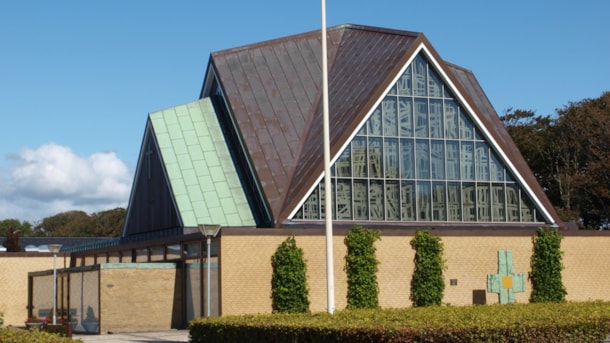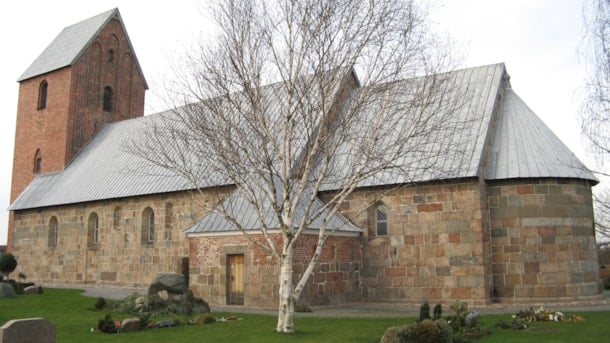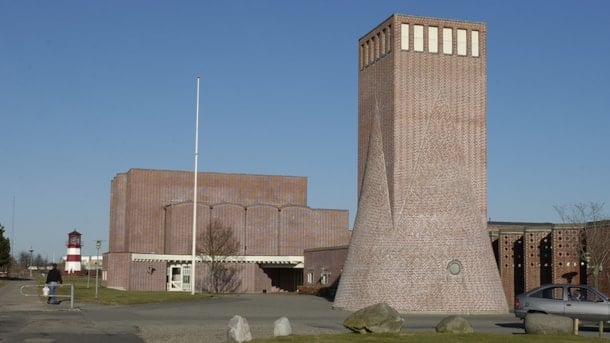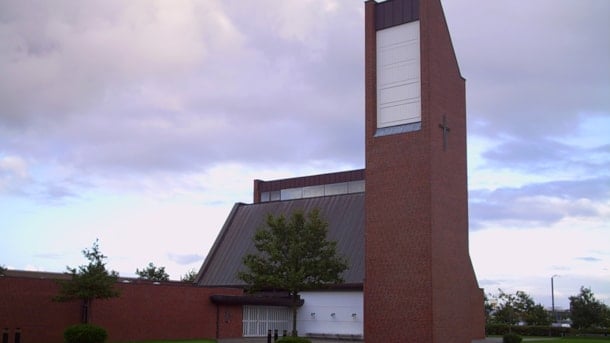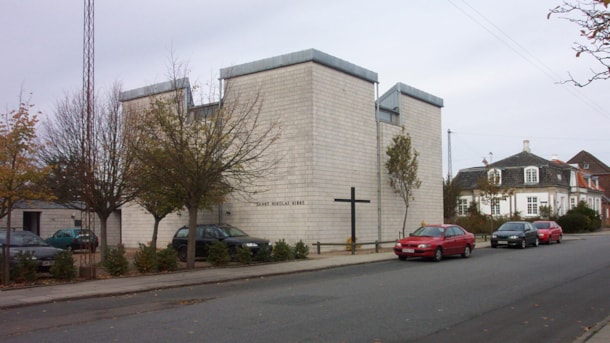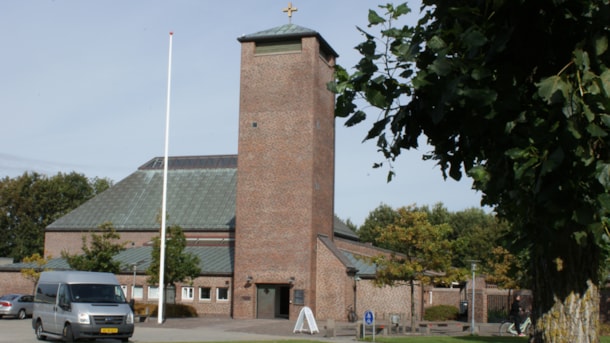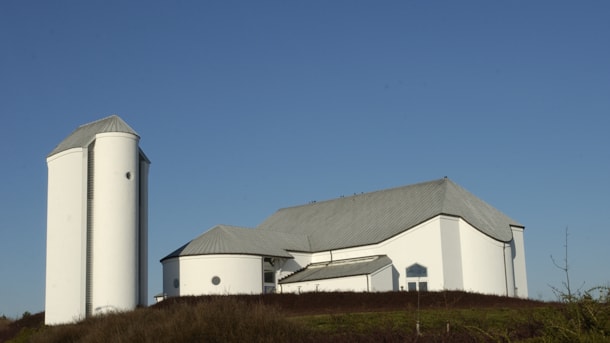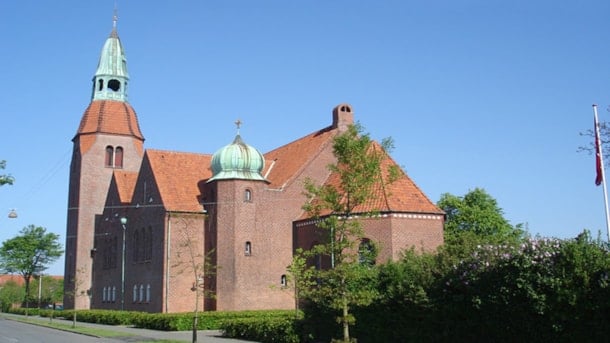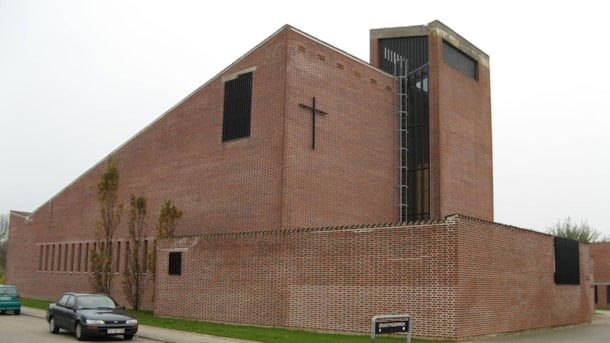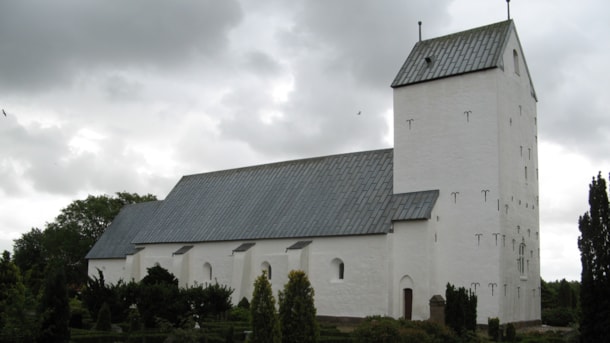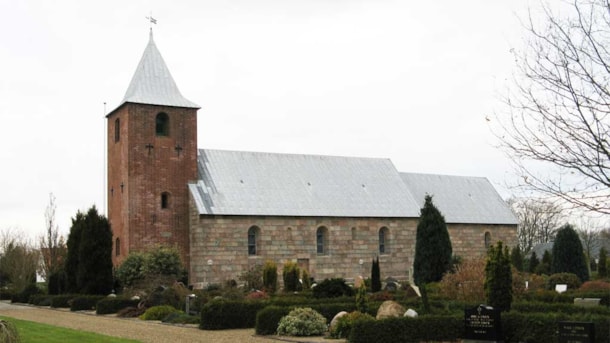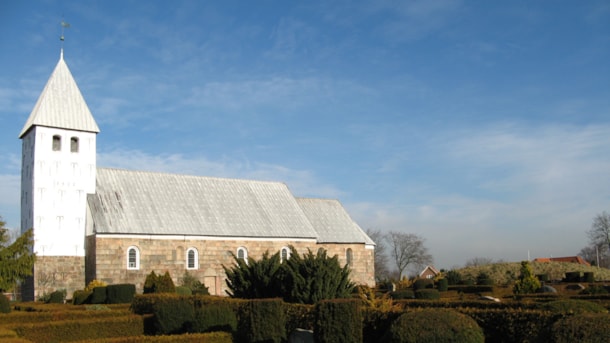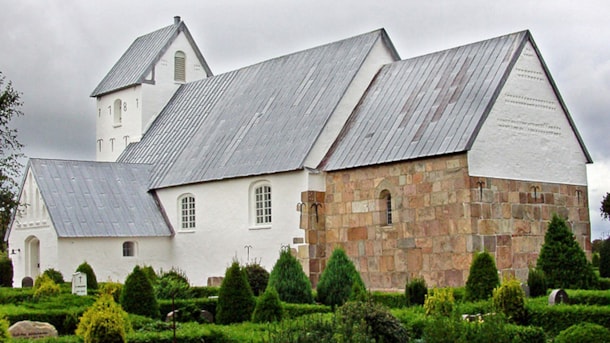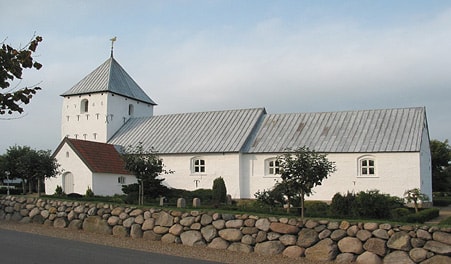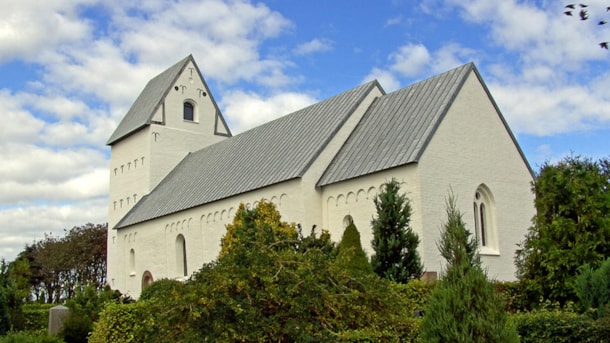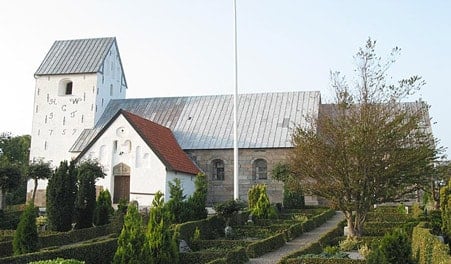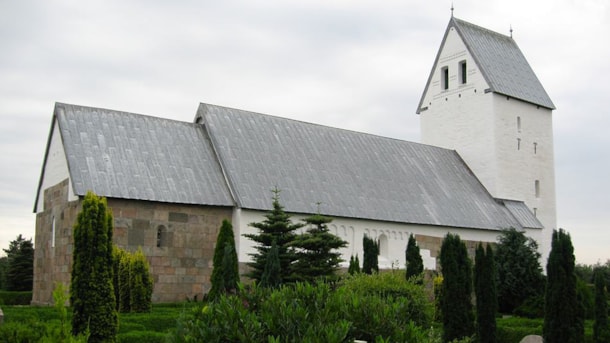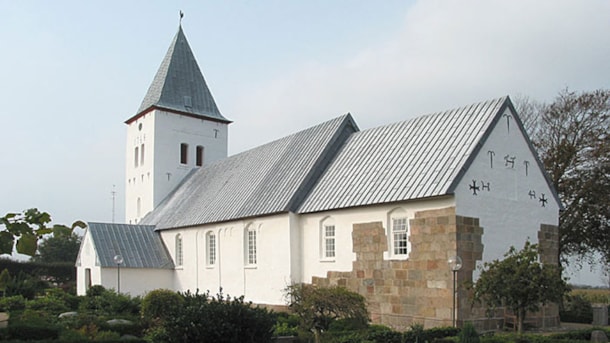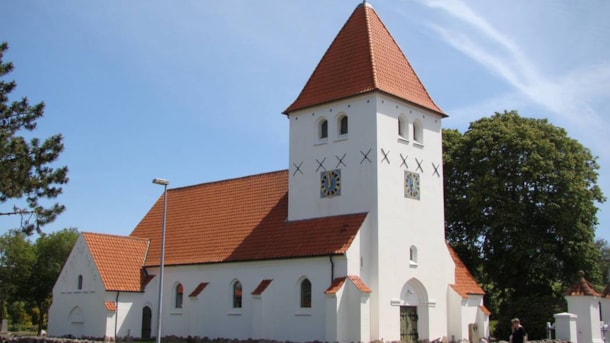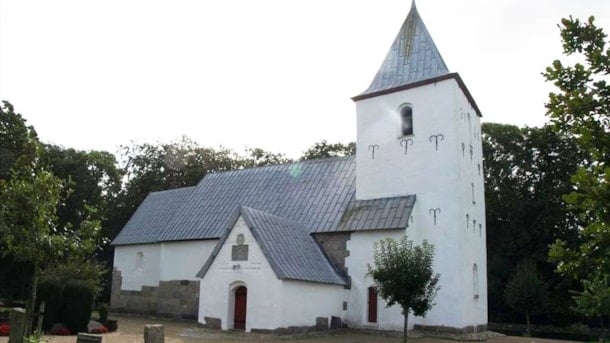Churches in Esbjerg
In Esbjerg we have both the beautiful and typical medieval churches as well as the very modern churches. Esbjerg is a place where you think church into every generation, so it is possible to meet in both joy and sorrow.
Our Savior's Church in Esbjerg
Our Savior's Church is Esbjerg's oldest real city church, built in 1887 and expanded with transepts in 1896, the church's original name was Esbjerg Church.
Trinity Church in Esbjerg
A modern church from 1961, designed by the architects Knud Thomsen and E. Flagstad Rasmussen.
Sædden Church
A modern church that is built together with the Saedding centre. Designed by architects Inger and Johs. Exner and inaugurated in 1978.
Gjesing Church
Gjesing Church from 1983 is a modern church center with church rooms for approx. 170 people, church hall and other rooms.
Sankt Nikolaj Church in Esbjerg
Sankt Nikolaj Kirke was built and designed in 1969 by the famous Danish architect Johan Otto von Spreckelsen.
Kvaglund Church
A modern church in the Esbjerg district is Kvaglund Church, the church was built in 1985 of rustic materials and is decorated with pictures by the sculptor Erik Heide.
Hjerting Church
From the outside, Hjerting Church looks like many of the old West Jutland churches with whitewashed walls and gray lead roofs. But despite the traditional features, it is a new church - consecrated Se...
Zions Church in Esbjerg
The church was built in 1912-14. The architect, J. Magdahl Nielsen, was inspired by the late Gothic style seen on the Swedish island of Gotland.
Grundtvigskirken - church in Esbjerg
Grundtvig Church in Esbjerg is a distinctive red brick building with a remarkably high ceiling and white marble floor. Beautiful location by Lergravssøen.
Guldager Church
The original church building in Guldager was a Romanesque church from the 12th century, dedicated to Saint Martin (Bishop Martin of Tour, who lived in the years 315-397).
Churches near Esbjerg
Skads Church
Skads Kirke is a medieval church of granite ashlars, with a late Gothic tower of massive bricks, the attractive north side is especially well-preserved.
Bryndum Church
Bryndum Church is a village church from the Middle Ages, Bryndum church dates from 1250 and has a special interest in architectural history, as it very instructively shows the transition from Romanesq...
Vester Nebel Church
Vester Nebel Church was probably built in the 14th century, the choir has ornamental decorations by the "Lily Master" from about 1500-20.
Hunderup Church
Hunderup Church is a village church from the Middle Ages and exudes history and connection to Riber Kjærgård, proud manor families have left their mark both outside and inside.
Sneum Church
A very beautiful and isolated church situated on the slope of a hill down towards Sneum River in the Wadden Sea National Park.
Gørding Church
Gørding Church is a tufted stone church built around the year 1200, while the tower and entrance are from the late Gothic period around the year 1500.
Tjæreborg Church
Tjæreborg church is a village church built in the year 1200 in block stone and tufted stone, the church has a richly decorated church room.
Darum Church
Darum Church is a tuff stone church built around 1200 in Romanesque style. The tower and porch in late Gothic style from the 15th century.
Skt. Ansgar Church in Bramming
The cornerstones of Skt. Ansgar Church was laid in July 1914, and already in December 1915 the church was ready for consecration.
Skt. Knud Church in Bramming
St. Knud Church is built approx. 1200 in Romanesque style. Remains of an older wooden church are believed to have been found.
